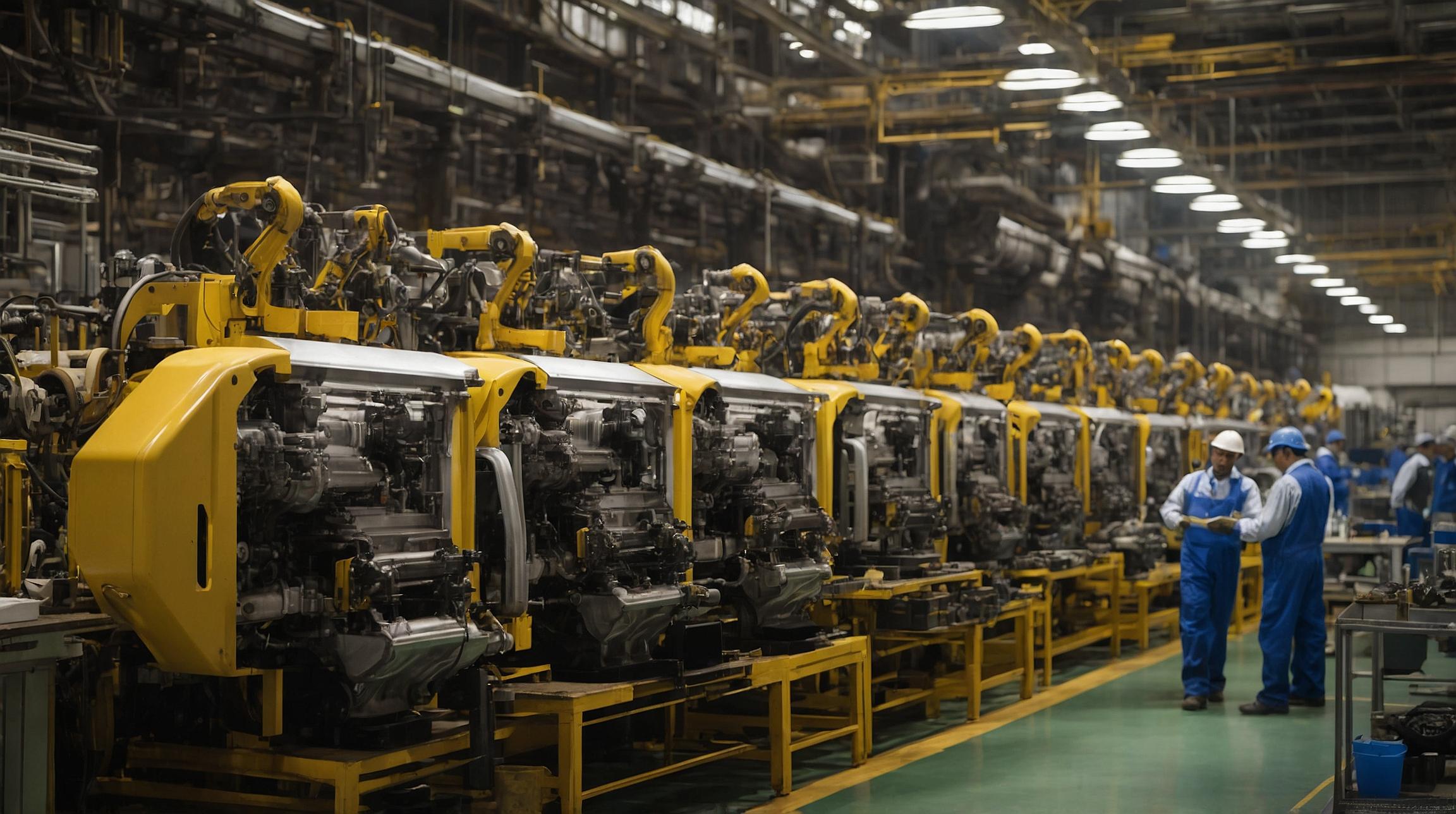Understanding US Stocks in an Election Year
During a US presidential election year, certain patterns emerge in the stock market. These trends are influenced by the candidates' policies and the general political climate. Historically, stocks may experience a slight stumble, with market volatility rising before the election. This is often followed by a post-election relief rally, which can last through the inauguration.
Pre-election Market Trends
Research by Cetera Financial Group, examining 19 presidential election years since World War II, shows that the S&P 500 has an average total return of -0.6% in the 60 days leading up to the election. Notably, returns are better when the incumbent party wins, with an average gain of 2.9%, compared to a 3.6% loss when the opposition wins. This suggests that markets dislike uncertainty, and they often predict election outcomes.
For example, if the market shows positive returns before the election, it might favor the current administration, led by Vice President Kamala Harris. In contrast, weak returns could signal favorable conditions for the opposition, such as former President Donald Trump.
Post-election Market Dynamics
From election day in early November to inauguration day in late January, the S&P 500 has averaged a 1.5% gain in the studied periods. Research Affiliates discovered that post-vote rallies are stronger after close elections compared to landslides, with small-cap and value stocks performing particularly well.
Long-term Presidential Term Effects
Interestingly, the political party in power has minimal long-term impact on stock market returns. Over the past 19 presidential terms, the S&P 500's average annualized return stands at 11.9%. However, returns have been slightly higher under Democrats (15%) than Republicans (9.1%), largely due to specific economic conditions during George W. Bush’s term.
Economic Risks of the Upcoming Election
If Kamala Harris wins, a continuation of current policies is likely. On the other hand, a Trump victory could see significant changes, particularly in global trade policies. His proposals include a 10% tariff on all imports and a 60% tax on Chinese goods, leading to an average tariff level not seen since the 1930s. Such tariffs could increase consumer costs and push inflation higher, possibly resulting in interest rate hikes.
Portfolio Protection Strategies
Hedging against the risk of higher tariffs is challenging. However, the US dollar could strengthen as a hedge. Tariffs might reduce imports, increase interest rates, and trigger safe-haven demand, all supporting a stronger dollar.
Potential Outcomes of a Harris Victory
A Harris administration might benefit renewable energy industries, such as wind, solar, and electric vehicles (EVs), due to the Democrats' positive stance on these sectors. Housing initiatives could also flourish, with proposals aimed at boosting affordable housing and supporting first-time homebuyers.
Overall, the stock market's performance around election times reflects not just political outcomes but broader economic expectations and investor sentiments.













